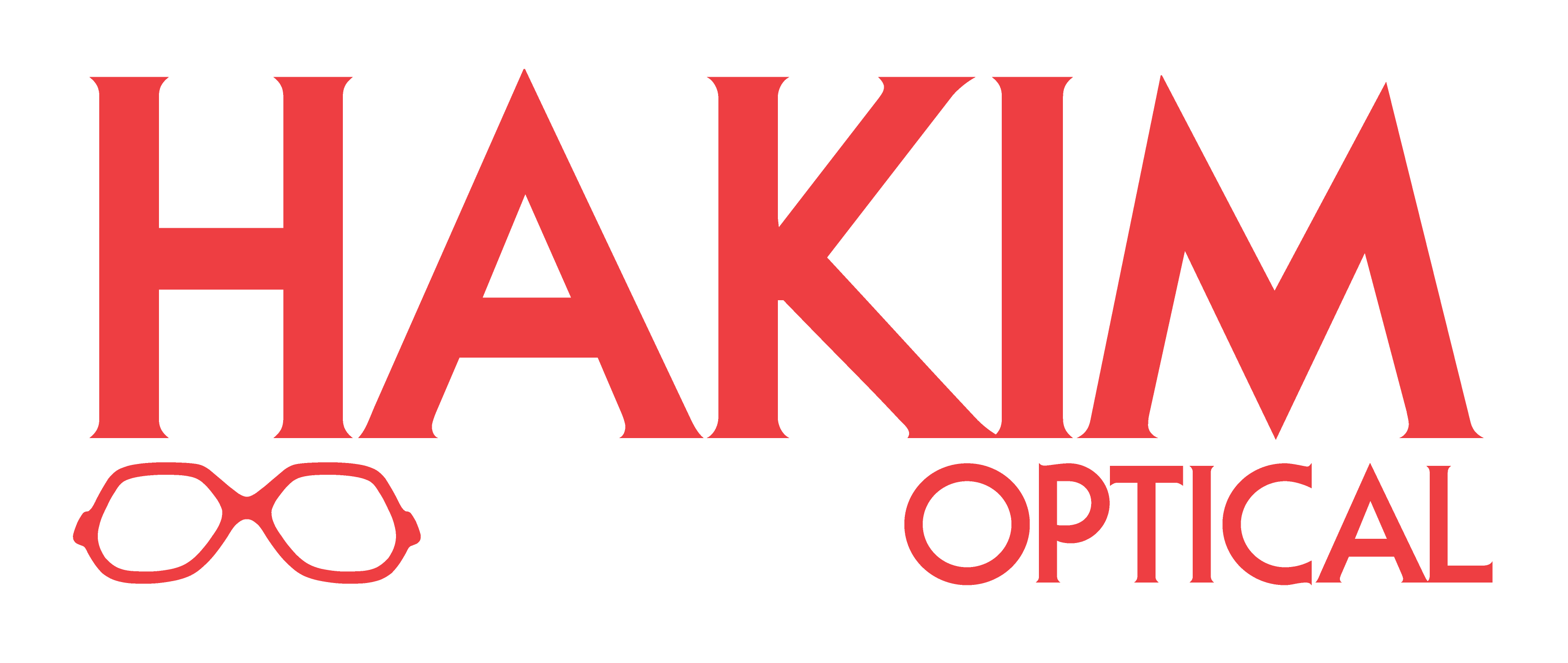We previously wrote about how to understand your eyeglass prescription. This week, we’ll be writing a similar article teaching you how to read your contact lens prescription because there are slight differences.
Overall, the prescription layout is pretty similar as there is the designation for left and right eyes (OS/OD), the prescription power (SPH, CYL, AXIS for eyeglass, PWR for contacts) and some other similarities. Despite some overlap, we will go over everything on the contact lens prescription.
Here are the seven sections you’ll see on your contact lens prescription and what they mean:
OD/OS/OU: These are short for oculus dexter (OD), oculus sinister (OS) and oculus uterque (OU). These are the Latin terms for the right eye (OD), left eye (OS) and both eyes (OU). These distinctions are especially useful when your eyes have two different prescriptions. If you’re left eye and right are have a different prescription, it’s very important to know which is which.
Power (PWR): Similar to the sphere on an eyeglass prescription, this denotes the strength of your prescription and whether you are near-sighted or far-sighted. If your PWR has a negative symbol that means you are near-sighted, and a positive, or no symbol at all, means you are near-sighted.
Base Curve (BC): This is determined based on the shape of your eye and decides what contacts will best fit to your cornea. It is measured in millimetres and the lower the number, the deeper your contact lens will be.
Diameter (DIA): The length in millimetres of your contact lens from side to side. Everybody’s eyes are different, so finding the proper size for you will help to avoid irritation and movement in your contacts.
Cylinder/Toracity (CYL): Cylinder is the lens power if you have astigmatism – if this is the case, you will also be prescribed toric lenses. Sometimes nothing can appear in this column, this means you don’t have astigmatism in need of correction. When there is a number, it will also be classified into near and farsightedness by a plus (far) or a negative (near).
Axis: Always follows a cylinder power. The axis is measured on a scale of 1-180. It is used when your prescription also has a Cylinder, and it describes the lens meridian used to correct astigmatism. It can often have an “X” written before it.
Add: This is used for multifocal lenses. It’s a number that will always be a positive strength representing the magnifying power to correct presbyopia.
Colour: This one is pretty self-explanatory. If your contact lenses have an added effect such as colours (red, blue, green) their product code will be listed. There are two kinds of colour contacts: Enhancing colours designed for a slight change to light eyes or Opaque colours that completely change the colour of your eyes.
If there are other numbers or columns written on your prescription, you may have an eyeglass prescription. Learn more eyeglass prescriptions so you can understand yours.
If you have any further questions about your prescriptions, reach out to us on social media or one of our stores.
Find the Hakim Optical store closest to you.
Hakim Optical has received Reader’s Choice Awards for Best Optical Store, Best Optician and Lenswear Retailer in Toronto, Vancouver, Mississauga, Guelph, Brampton, Kitchener, St. Albert, Dufferin County and many other cities across Canada!
We have over 160 locations across Canada – providing prescription eyeglasses, contact lenses, sunglasses, safety glasses, children’s eyewear and one-hour service to meet all of our customer’s needs.
